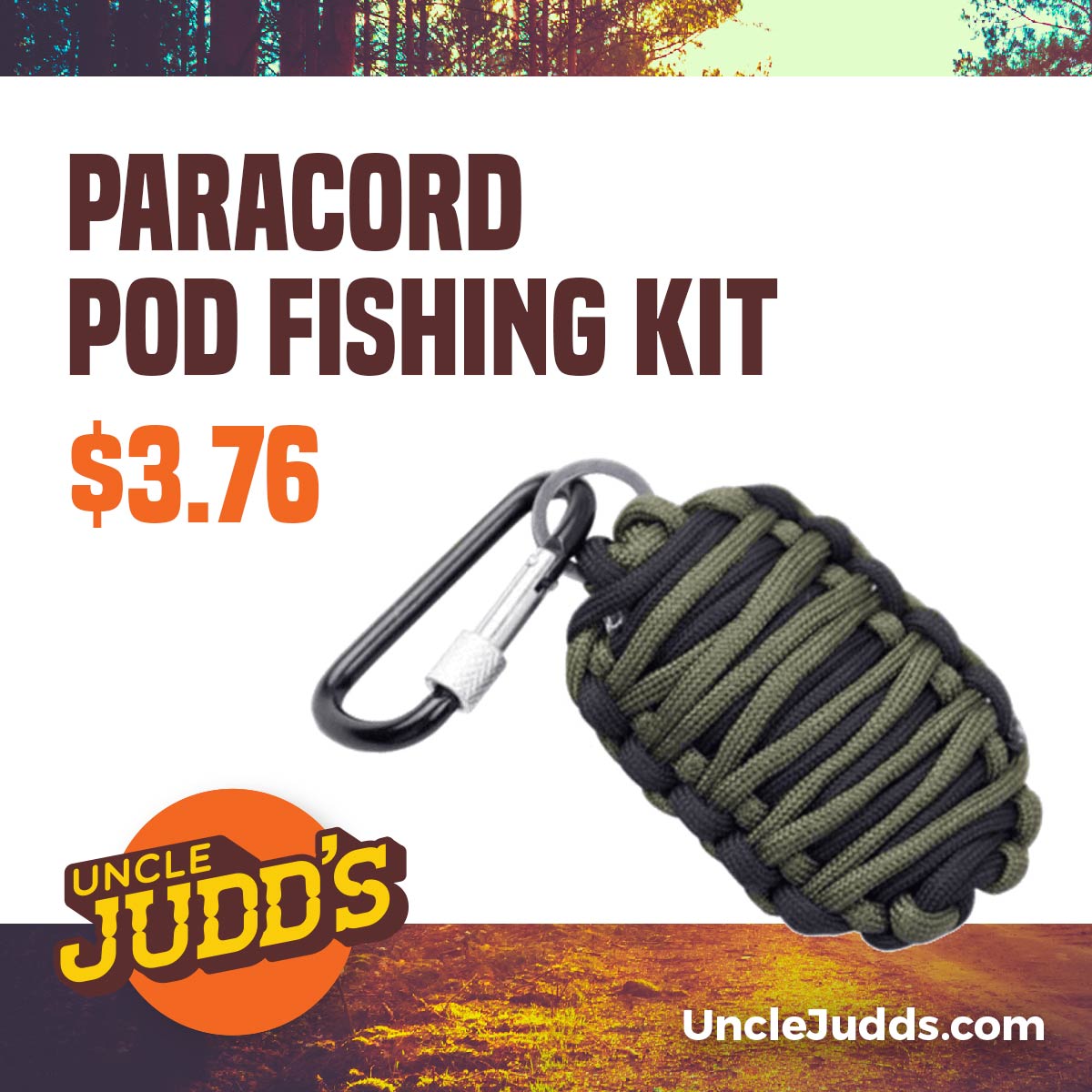Hunting Safety
How to Treat a Gunshot Wound | Types of Gunshot Wounds (NSFW)
Published
3 years agoon
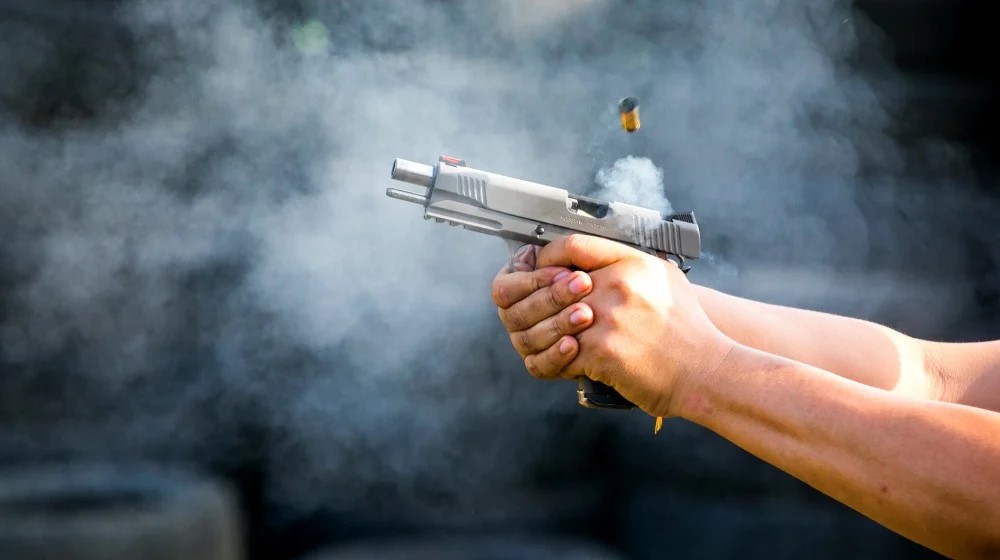
Want to know how to treat a gunshot wound? This week, EMS and firearms expert Gary Anderson will be teaching you everything you need to know about how to treat a gunshot wound!
In this article:
- Gunshot Wounds
- Ground Rules
- Fluid Shock Wave
- The Final “Rule”
- Different Types of Gunshot Wounds
- Hard Tissue Injuries
- Soft Tissue Injuries
- Solid Bullets
- Fluid Shock Wave Affecting Soft Tissues
- Solid Organs
- Hollow Organs
RELATED: The Gerber Bear Grylls Survival Kit For Emergencies And Disasters
How to Treat a Gunshot Wound | Everything You Need to Know
— This post is courtesy of the American Gun Association shared with permission —
Gunshot Wounds
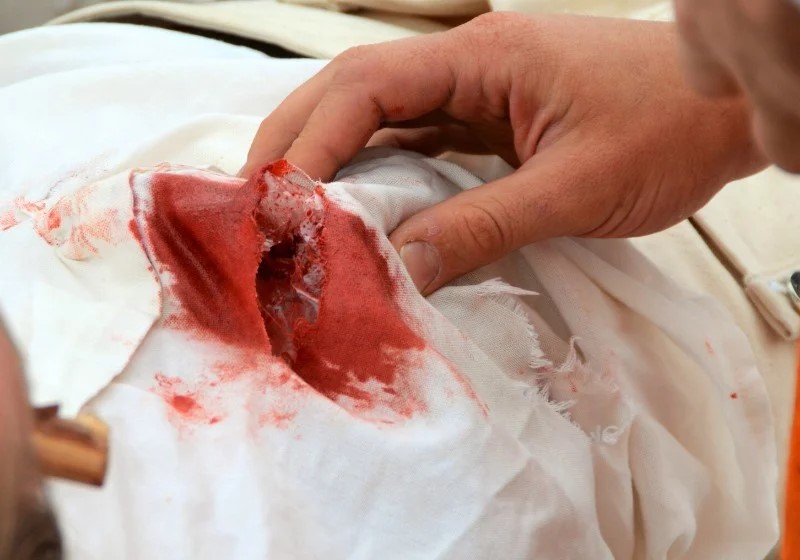
Today we’ll be focusing on the different types of gunshot wounds. We will look at specific examples and discuss gunshot wound management depending on its severity, location on the body, etc. in the second part.
Let me start with some background on why I chose to write on this subject.
I was driving home and listening to one of my favorite radio talk shows. A caller related a recent event from his life. He accidentally caused a self-inflicted gunshot to the lower leg.
Fortunately, the caller is progressing towards recovery, but it will be a long and painful road. I wish him the very best. The talk show host brought up a very interesting point; how many shooters and gun owners have some trauma training?
How many shooters have a trauma kit available to deal with the massive injuries caused by gunshots? The seed was planted, and my head started to put together this article.
If you read my bio, you will see that I have quite a bit of EMS background. As a shooter, I have an opportunity to combine these subjects and present them here so if this horrifying situation happens in your lives, you will have a better chance of success than most.
If you find this article motivating you to gain some further training, please do not hesitate. You will never regret knowing what to do when the worst day of your life comes, and it will happen in a blink of an eye.
So to let you in on a bit of my EMS background, I hold a certification as a coordinator in the following trauma specialties:
- International Trauma Life Support
- Pre-Hospital Trauma Life Support
If you are not familiar with these certifications, please look them up if you are so inclined. I do not want to spend a bunch of time talking about myself and get onto the subject at hand.
Ground Rules
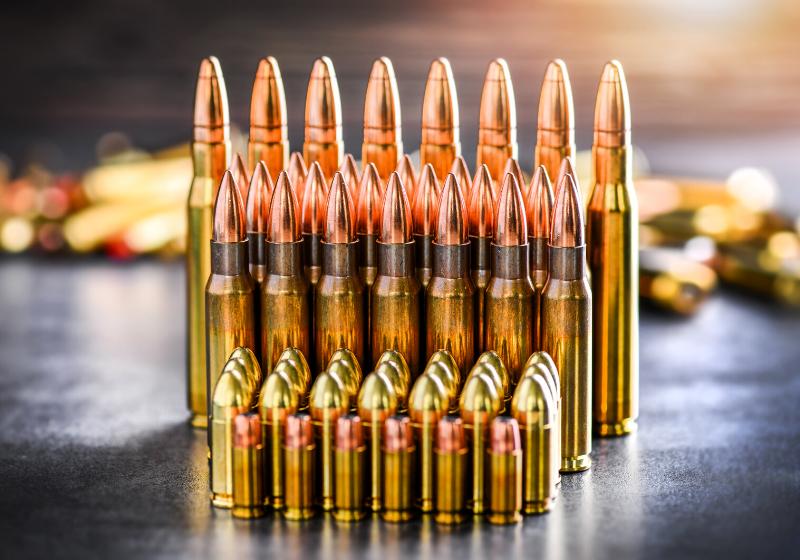
So as I start this series, let me lay out the ground rules I want to stay within to keep on the subject and not get into product reviews.
Bullet Types
- Solid
- Expanding
Types of Wound Channels
We will cover the three types of wound channels created by the bullet interacting with tissues. These wound channels are:
- Primary Wound Channel – This is the actual “hole” the bullet carves out.
- Secondary Wound Channel – This is the affected and permanently damaged tissues that are a result of the bullet.
- Tertiary Wound Channel – This is the damage caused by the Fluid Shock Wave.
Everyone that has studied guns has seen the video footage of bullets traveling into and through a ballistic gel. Great visuals to show different types of bullets and cartridges shooting through different media.
So, I am going to assume everyone has seen this. If not, check out the example in the video below.
When the footage shows the impact, the primary tract or “hole” is evident, and missing the gel or in the case of a body, or any sort, missing tissues. After the action video, the secondary tract can easily be seen, and it looks cloudy.
Usually, this gel or tissues would still be present but massively damaged, usually beyond repair. During the action shot, the gel block will warp, wriggle, bulge and represents a massive transfer of energy that is the fluid shock wave.
The host of this action video will measure the primary tract, and show the penetration, and may even recover the bullet to show it is after profile.
The host will almost always discuss the secondary tract and measure the amount of tissue damage to expect from using this type of ammunition.
TIME SENSITIVE INFORMATION: EX-CIA Agent Takes You Through The Intensive Sharp Shooter Training He Learned In The CIA Academy. In Just 30 Days Learn To Be A Sharp Shooter Like Every Agent Leaving The Academy.
Fluid Shock Wave
What is usually not discussed is the fluid shock wave that was such massive energy transfer, it at times will escape the gel block and they will suffer a “blowout.”
Let us take a quick look at this shock wave. I will talk a bit later about the tissues this shock wave will affect most drastically.
But for right now to keep the reader’s interest, let me introduce this – that shock wave can impact solid organs hard enough to rupture them and at times even fracture and split the organ into pieces.
Now, that happens without the bullet ever touching the organ or tissues; it can happen in a separate cavity of the body, depending on the ammo type and caliber, etc.
Another “rule” I want to discuss is I will use moulage (or fake injuries) to make my points on gunshot wounds. Here are the simple justifications for this:
- HIPPA is a law designed to protect patients’ information.
- Lack of volunteers to receive a gunshot wound to get very awesome pictures.
- Theft of pictures from other sources.
The images we will create will be disturbing to some but remember, no animals were injured making this article.
I have asked my good friends and colleagues to help me with this endeavor. Their company is called “Brothers Grimm, Masters of Disaster.”
They specialize in moulage training for every level of disaster and have adopted me into the Brothers Grimm. I could not be more honored.
We took the accompanying pictures while working with an ARMY unit. I promised to not include any identifying information on the soldiers, so please don’t ask.
Many of the stacks of pictures that we have, should not be used in a publication, for ID reasons, and some are pretty over the top. These guys are very good at what they do.
If you would like to discuss some moulage training with the Grimm Brothers, contact them at Brothers Grimm, Masters of Disaster LLC; 801-580-7250.
The Final “Rule”
Now onto the final “rule.” The audience this article is written for is you, the gun site reader. If we have trauma surgeons reading, and they want to argue minute details, this article is not written for you.
Ammo manufacturer representatives that want to point out this type of super bullet vs. this other one; I apologize that you are not happy with this article, but it is not written for you either.
This article is written for the average shooter to gain two things:
- Direct first aid knowledge to keep themselves or another alive until help arrives.
- Direct first aid or trauma kit knowledge to stock the kits that go to the range or the field with them and are available to use the acquired knowledge.
Ok, now onto the “nitty-gritty” parts of this discussion. We need to establish the types of tissues that will be affected by terminal ballistics.
One of the biggest influences I have had in EMS is my good friend and brother, Franco Cerchiari. He is a Critical Care Flight Medic, Dive Medic if it has a medic in the name, he probably has that certification.
He has a saying we use when teaching EMS students: “everything means something.” That is perfect advice for dealing with gunshot wounds. So I will cover everything, to help us learn what to do when we have something happen.
First off, we will discuss hard tissue, generally speaking, bone tissue. Second, we will discuss soft tissues or skin and muscle tissues, we will spend most of our discussion on the muscle tissues, as skin damage is pretty obvious to nearly all shooters.
Next, solid organs. All these will be in the thoracic (chest) and the abdominal cavities. Finally, the hollow organs. Again these are located in the thoracic and abdominal cavities.
Different Types of Gunshot Wounds
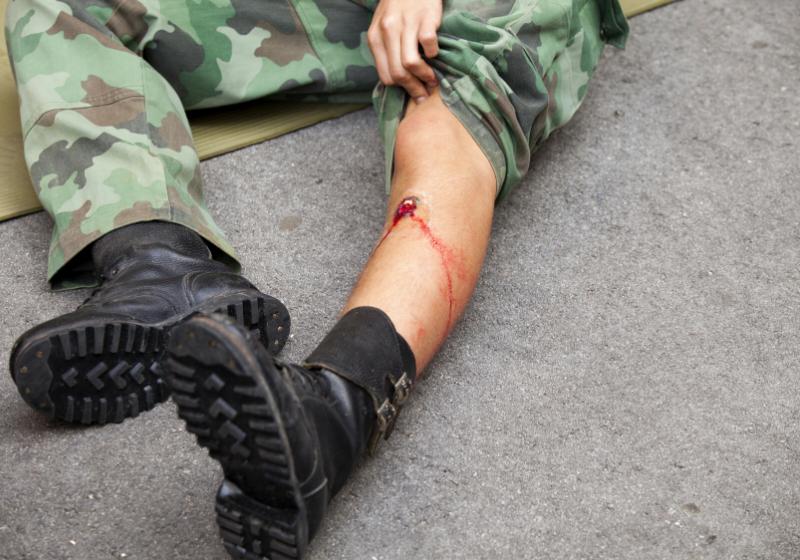
Hard Tissue Injuries
When a fast-moving bullet strikes a hard tissue, it will most likely drill a hole right through it. Now that is obvious.
However, a bullet that has encountered tissues and clothing will not be flying in a perfect pattern and will not just cut the hole, it will also split the bone.
Think of this as a large screw splitting a piece of wood that is not pre-drilled when building a shelving unit – or what you choose to build.
When the bullet encounters any resistance, the perfect trajectory is altered, and the bullet will begin to wobble and at times even tumble.
Introducing this alteration will send the energy along with the bone tissue, causing cracking and splitting to occur. To picture this energy transfer imagine a metal pipe hung from a string, and you hit it with a hammer.
When the hammer strikes the pole, it may make a dent, but the energy vibrates along the pipe from the impact area to each end of the pipe making it ring like a bell. When the bullet strikes the bone tissue, the energy will transfer similarly.
If that happens, and a wobble or tumble is generated, it will send much more energy down the bone and cause more of the hard tissues to break away, and makes the one tissue less stable.
RELATED: Safety And Security Measures You’re Missing When Outdoors
Soft Tissue Injuries
When a fast-moving bullet strikes the soft tissues, many things happen. The obvious injury is the bullet carving out tissues.
The second will be the explosive effects of that primary tissue rupture sending directed energy into the surrounding tissues and tearing and ripping the nearby tissues. Massive bleeding will occur.
If the wound does not appear to have massive bleeding at first, when that injury moves, the tissue will contract and stretch causing tissues to begin pouring blood out of the wound.
This is called hemorrhage (Heme = blood & rrhage = uncontrolled flow). So here is a good place to discuss the types of bullets that I alluded to earlier.
Solid Bullets
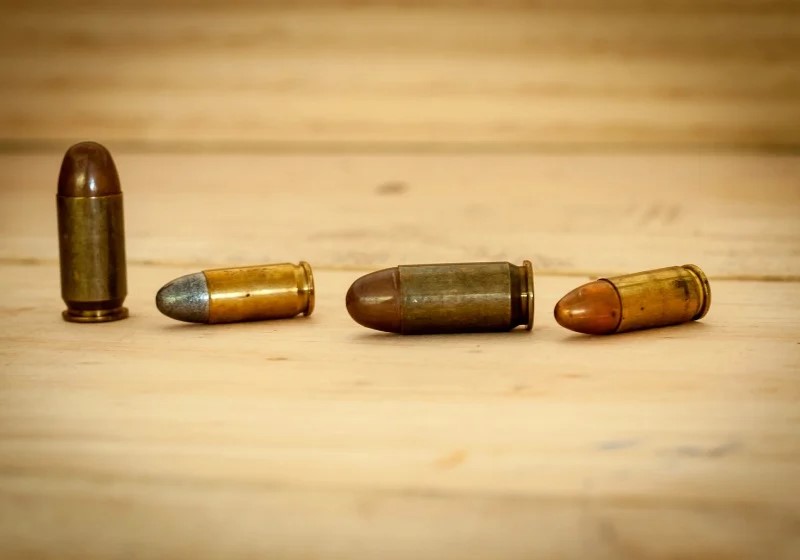
When solid bullets designed for penetration enter the soft tissues, they will do just that. If the trajectory becomes disrupted, they may tumble, expending all of their energy to the surrounding tissues – a massive wound channel.
If the solid bullet does not tumble, it may have a simple deformation causing a bit larger wound channel, but not much. The solid bullet will, more often than not, pass directly thru the target unless the target is massive.
It will exit, taking some and at the time, half of its energy with it. That is not the greatest way to use the energy available to bullet terminal ballistics if stopping the target is the main goal, for personal protection or hunting game animals.
The way to get the bullet’s terminal ballistics to leave its energy in the target is to have the bullet intentionally deform and deliver all its energy. This is the reason we have expanding ammo.
The ammo industry has taken this one or two steps higher and, instead of just opening to deliver the energy, they have now engineered bullets to open in a deliberate fashion.
These awesome bullets now make an even bigger primary tract, which directly translates to a bigger secondary tract, and as I will discuss in a short while, a massive fluid shock wave.
So let’s relate a bit of common knowledge to this application of soft tissue injury. Everyone has seen a boat speeding thru the water. The massive wake behind the boat, that is the effects of the fluid shock wave.
We will get there soon enough. The other thing we have all seen is the wave from the bow of the ship as it pushes its way thru the water. That is a point we need to look at for bullets and soft tissues.
Fluid Shock Wave Affecting Soft Tissues
When the bullet enters the target, it begins to carve out the surrounding tissues. We all understand this. The flatter the front of the bullet, the more tissue it can displace prior to the bullet carving out the “hole” of the primary channel.
The hollow point is designed to use to open the bullet and begin and continue its expansion. The tissue is not being “cut open” it is being “ripped open” like the wave at the bow of the boat.
The boat hull will be like the bullet carving the tissues, and like I have alluded to, the wave behind the boat is the fluid shock wave.
With tissues cut, ripped open, and then blasted apart after the bullet passes, the damage we need to prepare for is much more massive than the largest expansion of the rounds.
Now, let’s talk about this fluid shock wave. When this fluid shock wave travels thru soft tissue, it meets resistance, and in turn, to keep traveling, the energy has to overcome the tissue’s ability to absorb the energy.
“That is great, now what does that mean?” Let me make it simple, if the tissue cannot absorb the energy, it will be blasted apart.
The next tissues to absorb the energy, will either need to absorb the energy, be blasted apart, or ripped apart. If the energy slows as it passed thru the tissue, the energy will rip them.
The tissue will blast and won’t survive if the energy just flat out exceeds the tissue elasticity. Now onto the tissue side of the equation.
Muscle tissue is very tough, capable of doing an immense amount of work, and recovers better than most tissues in the body. Muscle tissue has a giant blood supply.
If these tissues are cut apart, ripped apart, or blasted apart, that injury will hemorrhage. To keep the body from going into shock followed by loss of life, it needs serious and immediate treatment.
Solid Organs
Solid organs will suffer the same effects as muscle tissue. For the purposes of this article, let me talk about the unexpected effects of gunshot wounds that do not carve a hole in the organ.
This fluid shock wave I keep talking about is capable of affecting tissues up to 19 inches from the primary channel, again depending on bullet-design and caliber, etc.
So it is possible for a bullet wound in the shoulder to send enough energy into the thoracic cavity to impact the heart. Causing a cardiac contusion or simply put a heart bruise.
When this happens, the heart may go into unhealthy rhythms called dysrhythmia and may lead to the heart coming to a complete stop or cardiac arrest.
On top of the cardiac issue that may come from this, the shock wave may even affect the diaphragm, the trachea, even the bronchi. Massive bad things will come from this.
So a gunshot wound in the shoulder can impact very important internal organs that may compromise the next breath the body tries to take.
Needless to say, a bullet impact in the abdominal cavity can affect the sold organs in the area. Think of the damage that the shock wave will cause if there is a spinal stroke.
Even if the bullet is unable to penetrate the spinal column of bone tissue, the resulting shock wave damage could be massive.
Hollow Organs
So here is a bit of good news, not much good news about bullet injuries, but some. The hollow organs have the ability to bend and flex.
The destructive energy transfers to the flexible organ tissues and dissipates when this shock wave strikes leaving only the primary and some secondary injury tract.
Now for the bad news, most hollow organs that can take the fluid shock wave are usually filled with horrible poisonous stuff. It leaks out and begins to dissolve us from the inside out.
The exception to this is, of course, the lungs. When the bullet’s path damages the lungs, we have a whole new set of problems with air pressure leaving the lungs. It will begin to fill up the thoracic cavity.
This pressure creates a condition called Tension Pneumothorax. Most folks call this the Sucking Chest Wound. Now, those in the medical fields, I know I have lumped everything into one pile.
The point is to be ready for bad situations, not prep all the readers for tests. We will cover how to treat this later when we discuss what to do about these issues.
Want to see the full article?
Click here to read the full article on American Gun Association.
Knowing how to treat a gunshot wound is vital when SHTF. Gunshot injuries are extremely traumatic and must be approached the same way as stab or puncture wounds. You need to treat the entry and exit wound as well.
Gunshot victims need immediate attention and treatment because the material and debris can infect the wound.
Reminder: The victim still needs to be taken to a hospital’s emergency room as quickly as possible for proper treatment of gunshot wounds.
Do you know other ways how to treat a gunshot wound? Let us know in the comments section below!
Up Next:
- 7 Essentials For An Adventurer’s Outdoor Survival Kit
- This Non-Lethal Self Defense Pistol Is The Best Thing We’ve Seen
- 14 Homemade Weapons That Are REALLY Badass
Don’t forget to stay connected with us on Facebook, Twitter, Pinterest, and Instagram!
Disclaimer: All content on this site is for informational purposes only. Please read our full disclaimer here.
You may like

How To Build A Debris Hut

Ironman Triathlon Podcast: What You Need To Know As An Aspiring Ironman

Awesome Family Camping Tips For Beginners

Hiking Safety Tips: What To Do When You Have Knee Pain On Trail? [PODCAST]

How To Craft Sharp Stone Tools To Survive The Great Outdoors

Mountain Bikers, Why You Don’t Want to Ride Like a Pro!

Hiking Boot Accessories
The Handgun Safety Test For Beginners
These Hunting Shotguns Are The Best Bang For Your Buck
11 Types of Guns That Will Keep You Alive On Doomsday
Best ATV Tires – The Top 6 Lightest Mud Tires
Arizona Hunting Laws and Regulations

The Top 5 Hunting Guns You’ll Ever Need For A Wilderness Walk-out

Hunting And Conservation Discussion | Call Of The Outdoors Podcast [LISTEN]
The Handgun Safety Test For Beginners
These Hunting Shotguns Are The Best Bang For Your Buck
11 Types of Guns That Will Keep You Alive On Doomsday
Best ATV Tires – The Top 6 Lightest Mud Tires
Arizona Hunting Laws and Regulations

The Top 5 Hunting Guns You’ll Ever Need For A Wilderness Walk-out






